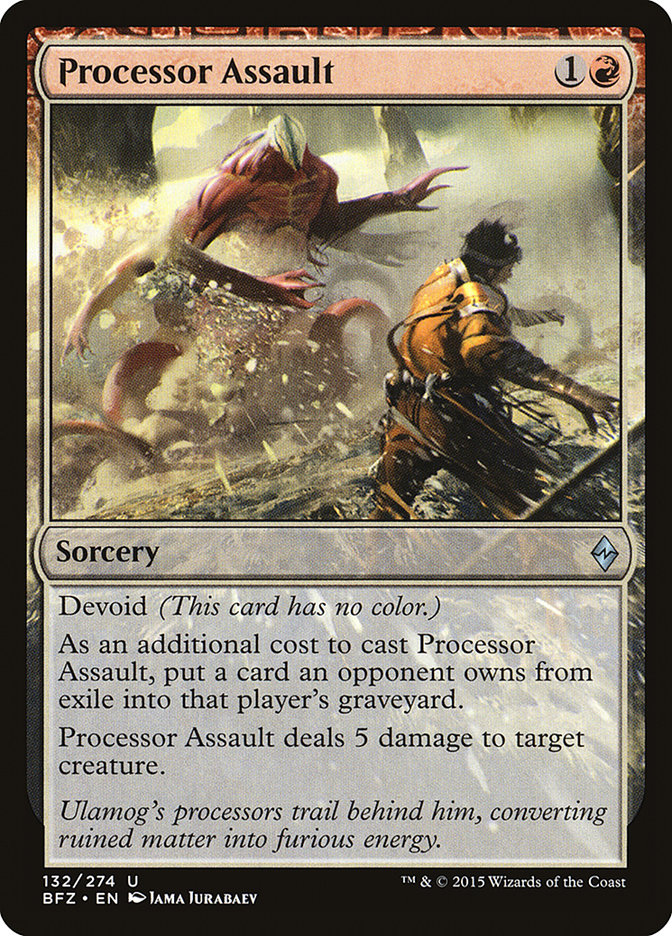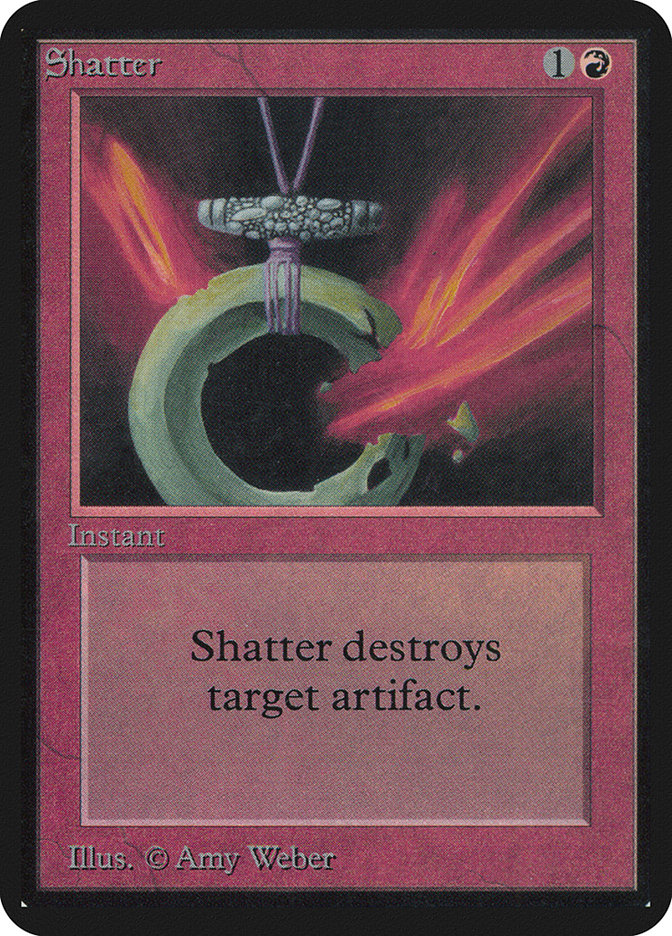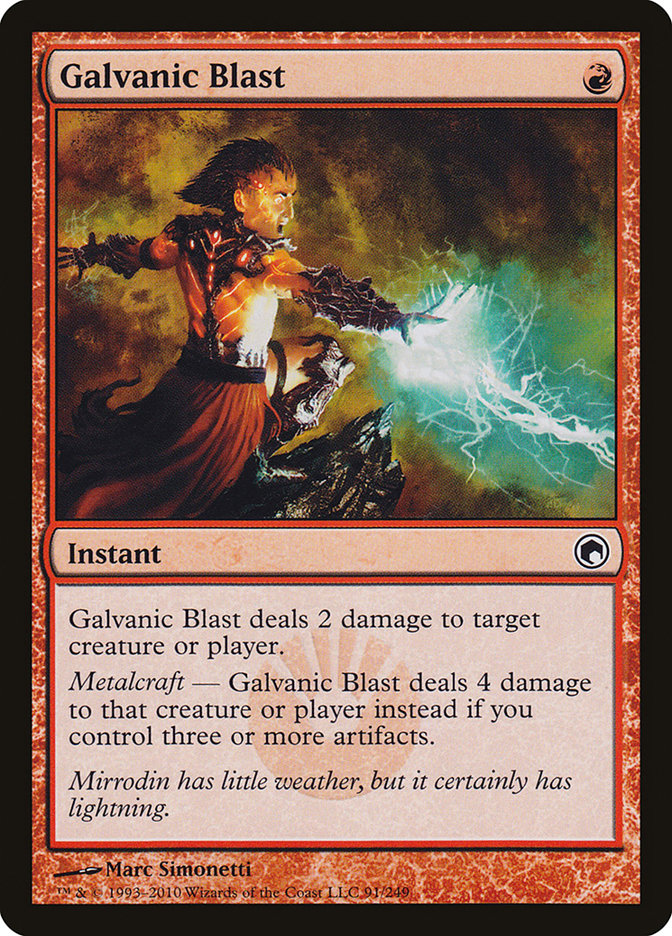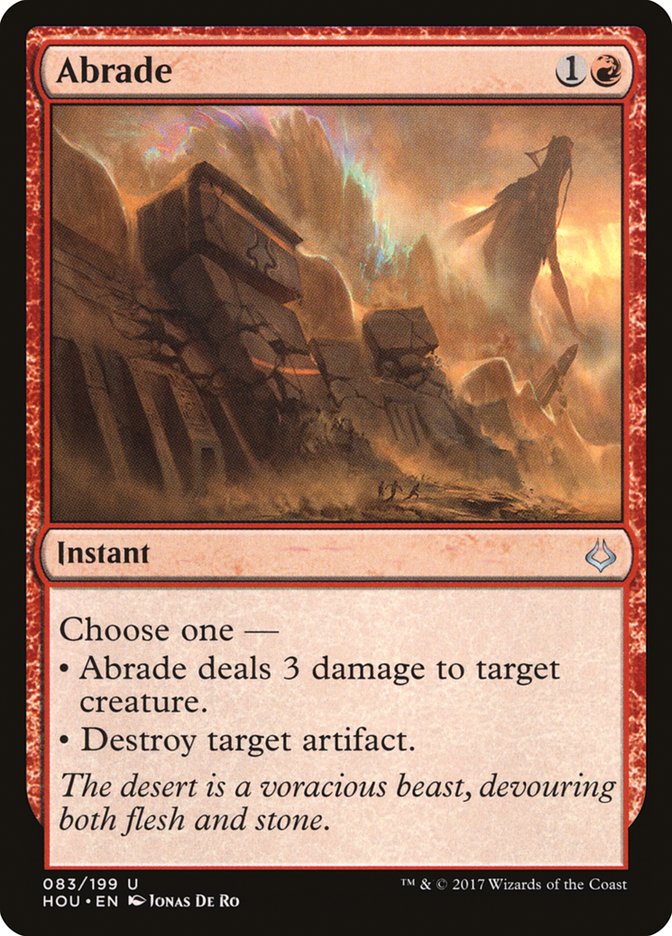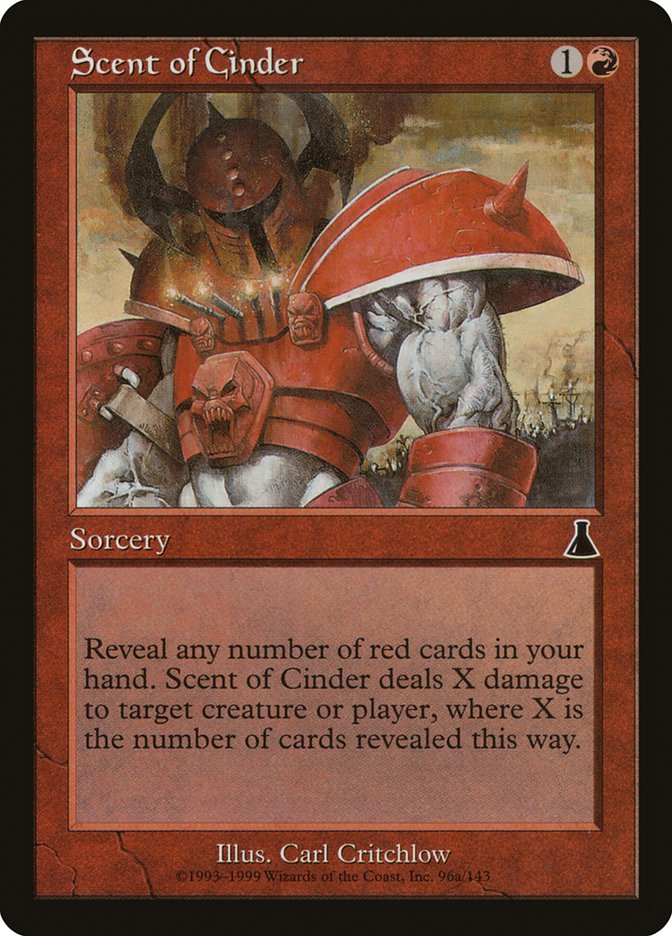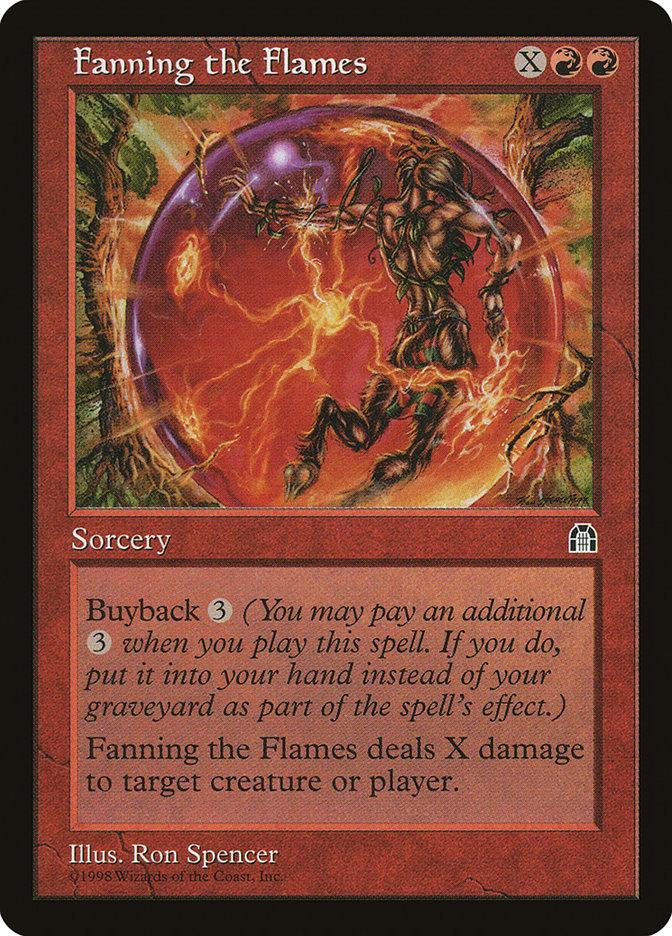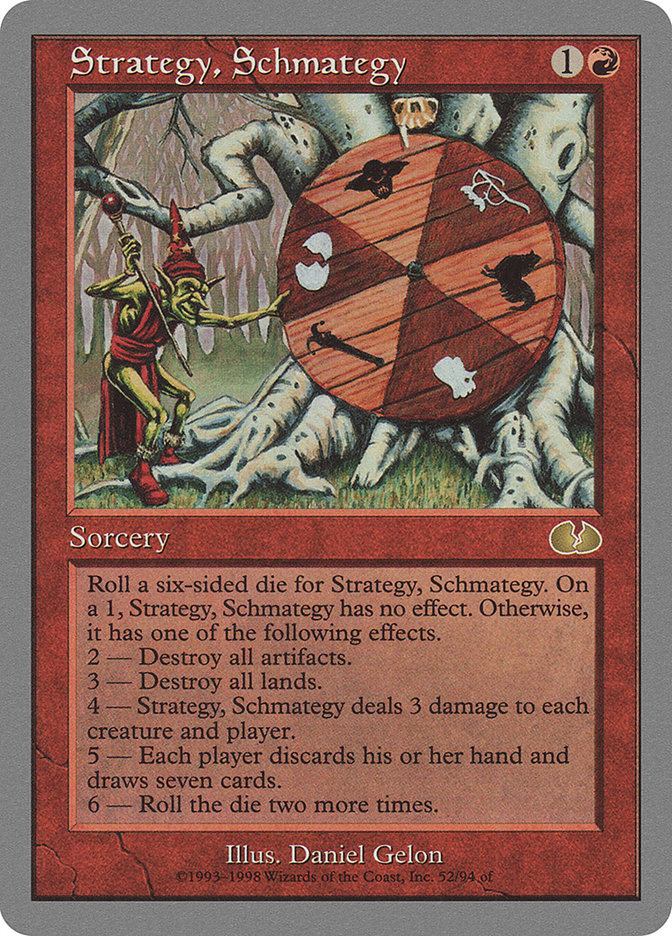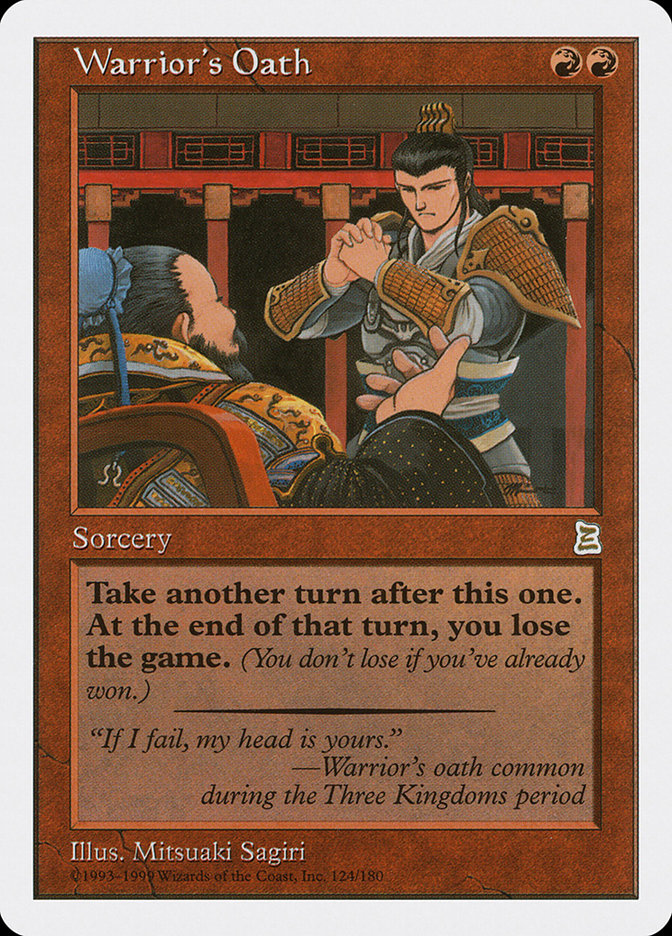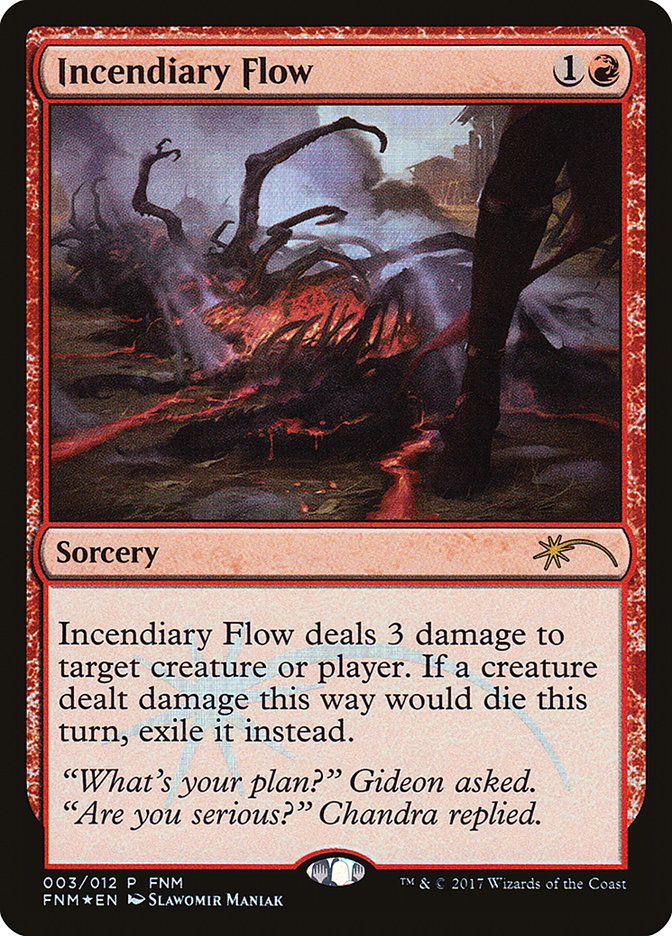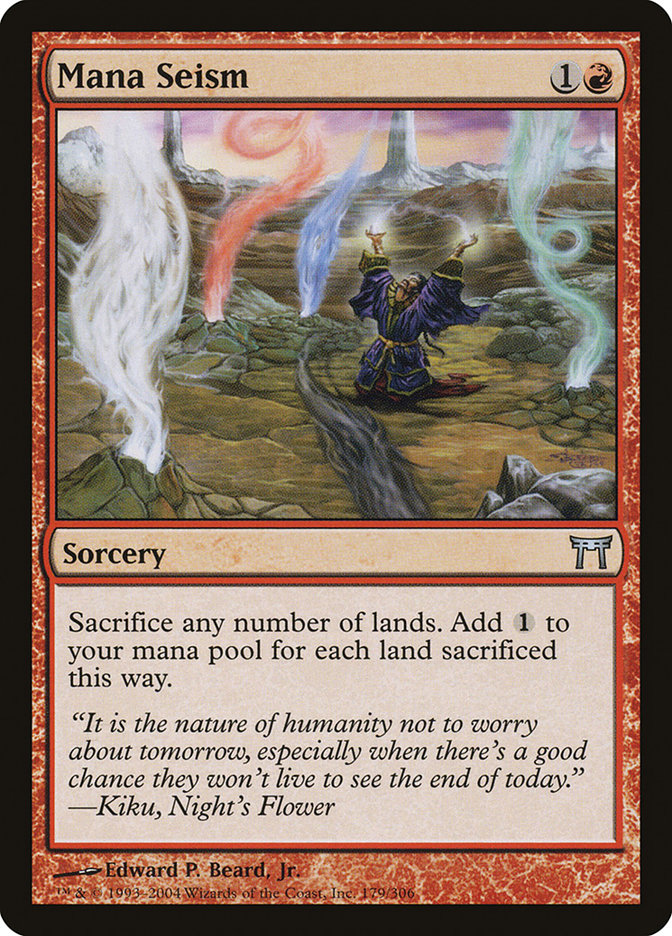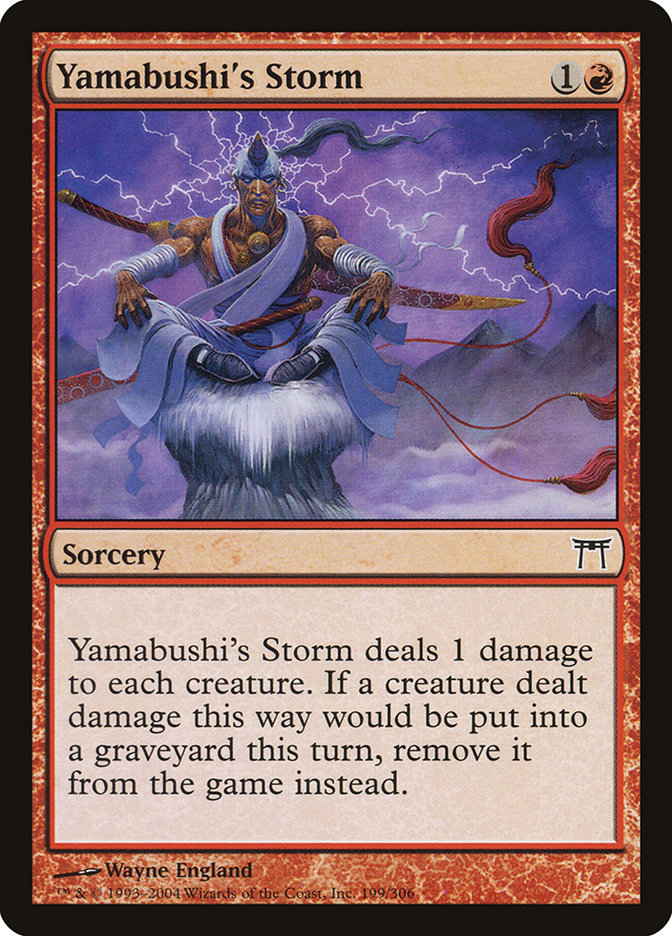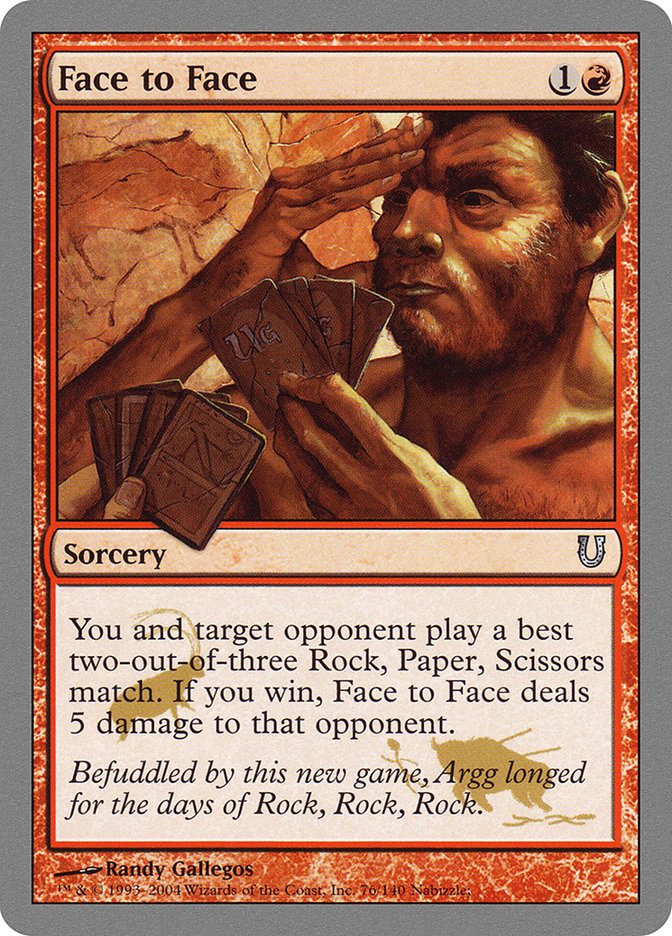Processor Assault MTG Card
| Mana cost | |
| Converted mana cost | 2 |
| Rarity | Uncommon |
| Type | Sorcery |
| Abilities | Devoid |
| Released | 2015-10-02 |
| Set symbol | |
| Set name | Battle for Zendikar |
| Set code | BFZ |
| Number | 132 |
| Frame | 2015 |
| Layout | Normal |
| Border | Black |
| Illustred by | Jama Jurabaev |
Text of card
Devoid (This card has no color.) As an additional cost to cast Processor Assault, put a card an opponent owns from exile into that player's graveyard.Processor Assault deals 5 damage to target creature.
Ulamog's processors trail behind him, converting ruined matter into furious energy.
Cards like Processor Assault
Processor Assault stands out as a unique destruction spell in Magic: The Gathering, echoing similarities with cards like Shatter, which also targets artifacts. Processor Assault, however, demands an additional requirement of exiling a card from an opponent’s graveyard to activate its reduced mana cost advantage. Shatter, while straightforward, doesn’t offer this cost-efficiency mechanism.
Galvanic Blast is another card that is often on players’ radars for dealing damage. It can target both creatures and players, and it deals extra damage provided you have metalcraft. It doesn’t provide the direct artifact removal that Processor Assault guarantees, yet it offers more flexibility in targets. Moreover, Abrade is a direct competitor in this space, granting the choice between artifact destruction or damage to a creature. Abrade doesn’t cater to cost manipulation but is more versatile in its application compared to the more specialized Processor Assault.
Assessing these options highlights Processor Assault’s niche in MTG decks that capitalize on graveyard manipulation for cost-effective removal. While not as flexible as some alternatives, its strategic value in the right deck cannot be denied.
Cards similar to Processor Assault by color, type and mana cost
Card Pros
Card Advantage: Processor Assault provides an edge by efficiently removing opposing creatures or planeswalkers. This contributes positively to card advantage by dealing with multiple threats using a single card, optimizing your resources during gameplay.
Resource Acceleration: By requiring an exile component to activate its full potential, Processor Assault synergizes with decks that process or require exiled cards. This interaction often leads to the acceleration of resource management, paving the way for a quicker route to your strategic goals.
Instant Speed: The versatility of Processor Assault at instant speed cannot be overstated. This feature allows you to adapt to board changes on the fly and react to your opponent’s moves during their turn, maintaining the element of surprise while dictating the pace of the match.
Card Cons
Discard Requirement: Processor Assault commands you to pitch another card into your graveyard to unleash its effect. This may force tough decisions, especially when your hand is nearly empty or the cards in it are vital for your strategy.
Specific Mana Cost: This card requires one colorless and one red mana. This precise demand can be a stumbling block for multicolor decks that might struggle with mana consistency or for players who do not prioritize red mana sources in their deck construction.
Comparatively High Mana Cost: With a total cost of two mana, including one that’s color-specific, Processor Assault could be considered hefty for its impact. In streamlined decks, spells with lower costs could be a better fit, offering similar or greater effects, thereby optimizing mana expenditure.
Reasons to Include Processor Assault in Your Collection
Versatility: Processor Assault boasts a flexible removal utility that can be slotted into various decks, aligning well with strategies that aim to control the battlefield and manage opponent threats effectively.
Combo Potential: The card’s requirement to exile an opponent’s card from their graveyard pairs perfectly with strategies revolving around graveyard manipulation, enabling it not only to be a disruptive force but also to facilitate other synergistic elements within your deck.
Meta-Relevance: In game environments where aggressive creatures or critical artifacts are prevalent, Processor Assault can serve as an efficient answer to immediate threats, keeping you at a competitive edge by swiftly dealing with challenges as they arise.
How to beat
Processor Assault is a niche yet impactful card that allows you to remove an opponent’s creature from the game by using a specific interaction from the exile zone. Overcoming this card involves a keen understanding of zone interactions within Magic: The Gathering. One strategy is to minimize using your own exile effects unless you can shield your creatures or replace them swiftly. Another is employing cards that grant hexproof or indestructible abilities to safeguard your valuable creatures from being targeted.
Additionally, managing your graveyard becomes crucial. Processor Assault relies on exiled cards to activate its ability. If you can limit the number of your own cards in exile, you subsequently limit the ammunition your opponent has for the card’s activation. This might involve using graveyard shuffling mechanics or including cards in your deck that allow you to pull your own cards back before your opponent gets the chance to exploit them.
In essence, to effectively neutralize Processor Assault, a player must focus on preventive measures, protecting their creatures, and exercising tight control over their cards’ zones—from hand to graveyard to exile. This approach ensures that the resources needed for Processor Assault’s potent effect are scarce or inaccessible, therefore stifling its impact on the game.
Where to buy
If you're looking to purchase Processor Assault MTG card by a specific set like Battle for Zendikar, there are several reliable options to consider. One of the primary sources is your local game store, where you can often find booster packs, individual cards, and preconstructed decks from current and some past sets. They often offer the added benefit of a community where you can trade with other players.
For a broader inventory, particularly of older sets, online marketplaces like TCGPlayer, Card Kingdom and Card Market offer extensive selections and allow you to search for cards from specific sets. Larger e-commerce platforms like eBay and Amazon also have listings from various sellers, which can be a good place to look for sealed product and rare finds.
Additionally, Magic’s official site often has a store locator and retailer lists for finding Wizards of the Coast licensed products. Remember to check for authenticity and the condition of the cards when purchasing, especially from individual sellers on larger marketplaces.
Below is a list of some store websites where you can buy the Processor Assault and other MTG cards:
 BUY NOW
BUY NOW BurnMana is an official partner of TCGPlayer
- eBay
- Card Kingdom
- Card Market
- Star City Games
- CoolStuffInc
- MTG Mint Card
- Hareruya
- Troll and Toad
- ABU Games
- Card Hoarder Magic Online
- MTGO Traders Magic Online
See MTG Products
Legalities
Magic the Gathering formats where Processor Assault has restrictions
| Format | Legality |
|---|---|
| Commander | Legal |
| Legacy | Legal |
| Modern | Legal |
| Oathbreaker | Legal |
| Vintage | Legal |
| Duel | Legal |
| Pioneer | Legal |
Rules and information
The reference guide for Magic: The Gathering Processor Assault card rulings provides official rulings, any errata issued, as well as a record of all the functional modifications that have occurred.
| Date | Text |
|---|---|
| 2015-08-25 | A card with devoid is just colorless. It’s not colorless and the colors of mana in its mana cost. |
| 2015-08-25 | Cards with devoid use frames that are variations of the transparent frame traditionally used for Eldrazi. The top part of the card features some color over a background based on the texture of the hedrons that once imprisoned the Eldrazi. This coloration is intended to aid deckbuilding and game play. |
| 2015-08-25 | Devoid works in all zones, not just on the battlefield. |
| 2015-08-25 | Face-down cards in exile are grouped using two criteria: what caused them to be exiled face down and when they were exiled face down. If you want to put a face-down card in exile into its owner’s graveyard, you must first choose one of these groups and then choose a card from within that group at random. For example, say an artifact causes your opponent to exile their hand of three cards face down. Then on a later turn, that artifact causes your opponent to exile another two cards face down. If you use Wasteland Strangler to put one of those cards into their graveyard, you would pick the first or second pile and put a card chosen at random from that pile into the graveyard. |
| 2015-08-25 | If a card loses devoid, it will still be colorless. This is because effects that change an object’s color (like the one created by devoid) are considered before the object loses devoid. |
| 2015-08-25 | If a replacement effect will cause cards that would be put into a graveyard from anywhere to be exiled instead (such as the one created by Anafenza, the Foremost), you can still put an exiled card into its opponent’s graveyard. The card becomes a new object and remains in exile. In this situation, you can’t use a single exiled card if required to put more than one exiled card into the graveyard. Conversely, you could use the same card in this situation if two separate spells or abilities each required you to put a single exiled card into its owner’s graveyard. |
| 2015-08-25 | If a spell or ability requires that you put more than one exiled card into the graveyard, you may choose cards owned by different opponents. Each card chosen will be put into its owner’s graveyard. |
| 2015-08-25 | Other cards and abilities can give a card with devoid color. If that happens, it’s just the new color, not that color and colorless. |
| 2015-08-25 | Players can respond to Processor Assault only after it’s been cast and all of its costs have been paid. No one can try to remove the card from exile to stop you from casting the spell. |
| 2015-08-25 | You can’t look at face-down cards in exile unless an effect allows you to. |
| 2015-08-25 | You must put exactly one card an opponent owns from exile into that player’s graveyard to cast Processor Assault. You can’t cast it without doing so, and you can’t put multiple exiled cards into their owners’ graveyards this way. |
